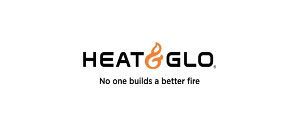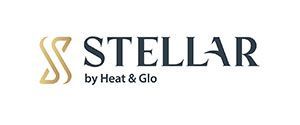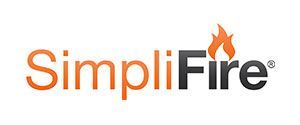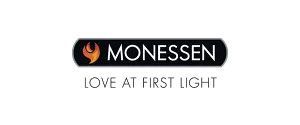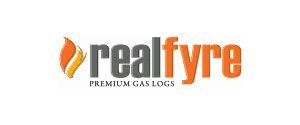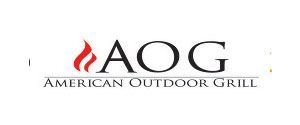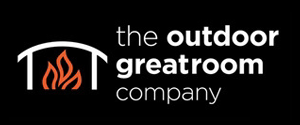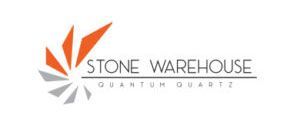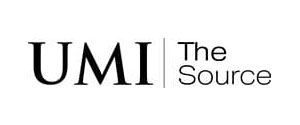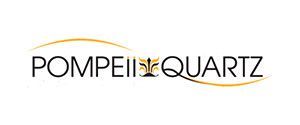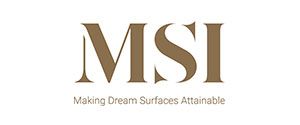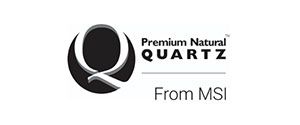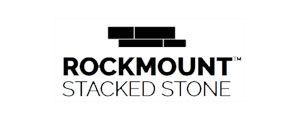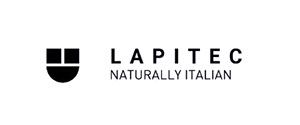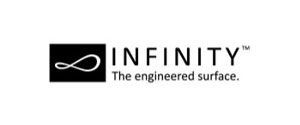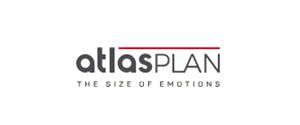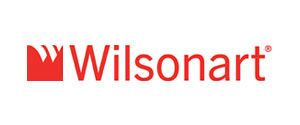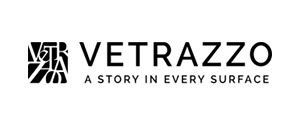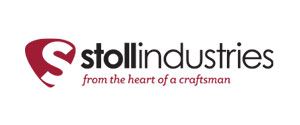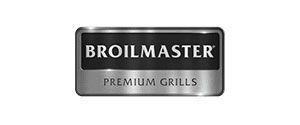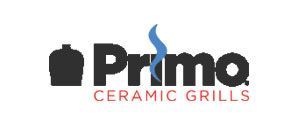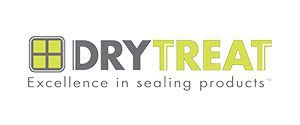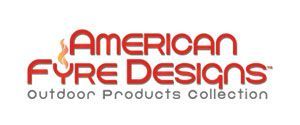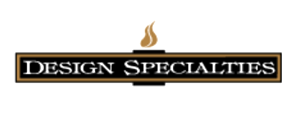FAQS
A PLUS Fireplaces Granite And Marble Inc
Why do you need to know what type of fireplace, gas logset, or products you have before requesting service, making changes, or requesting a quote?
A PLUS Fireplaces only sells and services prefabricated (factory built) products and we are brand specific and an extension of the brands we sell. We only sell and/or repair the brands we carry, so in other words we do not service ALL brands of fire related products. There are (6) categories of fireplace systems including:
1. Wood-burning
2. Gas: Vent-Free
3. Gas: Direct Vent
4. Top Vented Gas Log Set (added to a wood-burning fireplace)
5. Masonry Construction of heavy brick foundation-firebox for vented or vent-free systems (we don't work on)
6. Electric Only: Plug-in or Hardwire.
Each fireplace type has manufacturer specific features and rules to follow of what can and can't be done. Sometimes the age of a fireplace is very important as some parts, pipe, etc., are no longer available for sale or being manufactured any more. These products have owner's manuals you can check for the brand, model and serial number, and service parts lists just like a vehicle may have. Most manuals should have a troubleshooting tips section for homeowners to try before paying for a professional.
The more you know about your fireplace, the better for your home, lifestyle and family. All of these points will affect the decision process in purchasing a fireplace for new home construction or as an addition to an existing home including initial budget and expenditures and future maintenance costs as well.How do I go about getting my wood burning (vented) fireplace inspected?
You need to know the type of fireplace in order to know what type of service company to contact for inspection to determine if it is Vented Wood Burning, Direct Vented or Vent-Free (no vent pipe to outside of the home):
1. Is it vented? Do you see a damper in the ceiling of the firebox? Damper is a metal opening with a cover to let smoke or exhaust rise through the chimney/chase.
2. Does it have glass doors that are easily able to open and close?
3. Is there a solid sheet of glass and/or a screen panels vs. screen curtains? Is there gas or electric connected to the fireplace evidenced by controls such as a wall switch or remote?
4. Wood burning vented fireplace systems (consisting of a firebox, vent pipe through a chimney / chase and termination above the roof with round spark arrestor and chimney cap if chimney encloses the vent pipe) would be inspected by a professional chimney sweep.
A gas burning log set may be added to a wood-burning fireplace as a secondary system and the gas components must be inspected by a professional gas service company that is very familiar with live fire products (not just pilot lights for water heaters and kitchen stoves). Most chimney sweeps are not licensed gas professionals. If you have both of these systems, then we recommend having the sweep cleaning done first, then the gas log set cleaning and service done afterward.How do I go about getting my gas fireplace inspected?
Gas components or systems can NOT be tested or inspected if there is no gas supply or enough gas to create enough pressure to run the system. Know your GAS TYPE: Natural gas is piped to a house like water supply OR Propane (LP) gas is piped from a tank which may either be above ground or below ground. Checking with the gas supply company may be your first step in some cases. If the fireplace hasn't been run in months or years, the gas line path "to the fireplace" WILL need to be purged of AIR since the gas is not constantly flowing or burning at the pilot light. The gas provider or supplier can check their own equipment, regulator and gas lines or a licensed gas technician, other than A PLUS (we do not work on gas lines).
Whether you have Direct Vent, Vent-Free or a Gas Log set added to a wood burning fireplace, it helps to know what type of fireplace and components BRAND/MAKE, MODEL, YEAR INSTALLED, SERIAL NUMBER. A PLUS is Brand Specific and does not service all brands. All (3) types of gas fireplace systems should be inspected by a professional gas service company that is very familiar with live fire products (not just pilot lights for water heaters and kitchen stoves) and/or a servicing dealer for that brand and product type. You can search the internet for that brand and a dealer locator.
Vent-less (vent-free: meaning no ventilation pipe is connected to the fireplace-see guidelines) and Direct Vent gas fireplaces will only burn gas but may have a control system powered by batteries or by plug or hardwire electrical connection. If gas and electrical supplies are present, then both sources will need to be inspected. These products have owner's manuals you can check for the brand, model and serial number, and service parts lists just like a vehicle may have. Most manuals should have a troubleshooting tips section for homeowners to try before paying for a professional.When should I get my fireplace inspected?
If you are selling or buying a home, you should have the fireplace inspected by a fireplace expert separately and in addition to the regular home inspection well in advance of the selling process to truly know the full assessment and value of the fireplace. Otherwise, inspection and cleaning services for a fireplace may depend on how often it is used or even the weather. Once a year or once every 2 years is a common timeframe for repeat service. However, if you live in an area with tornadoes, hurricanes or even strong winds and hail, you may want to get an inspection every season or at least once a year due to potential damages to ventilation pipe, chimney/chase structure, chimney cap heavy rust caused by strong weather.
Regular use of a vented fireplace is ideal to evaporate moisture out of the system which will help prevent rust from degrading the metal in the system. Heavily rusted metal can lead to pitting, holes in the metal structure, water leaks, chimney and/or house fires and is an obvious sign the fireplace is in need of inspection, service or replacement.How do I go about adding a fireplace for a new build home or existing home?
Deciding on the type of fireplace will require some research and reflection of your home and family. Some key decisions such as: fuel type (wood, gas or electric), vented or vent-free, amount of heat desired, convenience, features (blower, remote, LED lights, adjustable flame control), style to match your home, safety features (especially if you have an active or young family), Wi-Fi connectivity will all determine price, usage and enjoyment.
Adding or replacing a fireplace requires submitting for a PERMIT with your local county and city building department in person or online along with the fireplace product specifications, have fireplace in the "Scope of Work", and more often signed and sealed engineer drawings as well. This process and waiting for approval and permit number can take 2-4 months in the central Florida area.
Acquiring a bid from a supplying installer, and making sure to follow all product guidelines and building codes for non-combustible clearances for the surrounding areas such as wall finish (surround), hearth (immediate floor area), and mantel (projection above the fireplace opening) are among the next steps in the process. The fireplace will require framing per the manufacturer's specs and be installed in large part right after framing with electrical and/or gas trades connecting to the fireplace next if required and a county inspection before drywall, or Hardie board goes up.What should I do if my fireplace is unsafe to use?
There are several factors that would make a fireplace unsafe to use which may affect what your options are. If the fireplace is very old and rusty or leaky, then replacement is highly recommended, but if the cost of that is out of your budget, then you can start by sealing the damper to prevent regular use AND sealing off the chimney with a "Dummy Cap" or one without a hole for venting. It won't be waterproof, but it will help protect the house from moisture or critters. After that you might consider an electric insert, but that will also require measuring for a good fit and electrical supply nearby. We do NOT recommend putting a vent-free gas log set into a fireplace that's been assessed to be unsafe to use. Gas fire is still real fire so be careful who's advice you listen to. It's best to refer to a manual if possible or technical support from the manufacturer. No matter what your situation, it's always best to first get expert advice (sometimes from more than one source) or research what to do before going off assumptions.
If your fireplace was in a flood or in standing water in the inside of your home, it is recommended by most manufacturers to replace the fireplace. Pre-fabricated fireplace construction is typically made with sheet metal with a hollow air space between the outer and inner shell which are not air tight or water tight and mold/mildew will grow in dark wet places. Also the metal of the firebox and ventilation pipe will rust out within a year and be unsafe to use at that point. Masonry fireplaces (made with heavy all brick/block construction for the fireplace system) may be thoroughly dried out and used again but a chimney sweep inspection is highly recommended.What needs to be done to have a gas logset added to a fireplace?
A PLUS does not do gas line work, but you will need to start by getting bids to add gas to your property and a gas line brought to the fireplace. Natural gas is preferred over propane, but propane tanks can be added more cost effectively to some areas where natural gas is not currently available. If you live in a community with a home owner's association, then you will need to get their approval for adding the propane tank. While getting a couple of bids for the gas line work, you should measure the inside of your firebox and determine if it is vented or vent-free and up to current building codes. A PLUS has a form to fill out for all the info we need to determine your options along with photos of the fireplace including the hearth and mantel. A PLUS also insists on having a safety shut-off key valve within 6 ft. of the interior fireplace opening, which is a "T" in the gas line (installed by gas service co.) to be able to safely shut down the supply of gas to just the fireplace without going outside or close to the fire.
If you have glass fireplace doors, that will also affect the gas log set performance, so your front width measurement should be the width between the glass doors in the most open position (as they should be while burning).What's the difference between natural stone like marble or granite and quartz?
There are quite a few differences between the two choices, both having pros and cons, both also having similar issues. Both materials are available in specific slab sizes and piecing together sections of countertop will require seams which can be noticeable as a straight line but minimized by size, color matching and SLAB character matching (veining). Both can offer budget friendly to very, very expensive levels of pricing depending on color, pattern, materials, sourcing and distribution. Both can discolor from direct sunlight even through a window. Both can stain (and require quick clean ups) and benefit from sealer (only provides help against stains or in stain removal process). At A PLUS, we offer a professionally applied 15 year warranty sealer for natural stone and 10 year warranty sealer for quartz, which is a microbial bond to protect long term versus the short term DIY sealer options.
Marble is a natural stone A PLUS only recommends for fireplace surrounds & hearths or bathroom vanities, but never in a indoor or outdoor kitchen or high use zone as it considered soft and easy to etch or scratch. Other terms similar to marble are limestone, travertine or dolomite. Granite is a natural stone that is more durable than marble type stones in that it can be used in a kitchen, outside areas and around a fireplace or fire pit. Granite can break, crack, chip and is considered porous and microscopically is not 100% smooth. Some varieties are more or less dense or brittle and have varying characteristics in appearance as it is carved out of the earth and considered "Mother Nature's Art" but each person has their own preferences. Quartz is a man-made product consisting of natural stone by-product and resin and each brand has their own recipe and techniques for production. Quartz is often made to look like natural stone whether it's granite or marble with the benefits of being essentially smooth and non-porous and made with consistent character or color/pattern. Quartz does NOT tolerate heat (like a hot pot or curling iron) as well as natural stone and should NEVER be installed or even stored outside. Whichever you select, keep your lifestyle in mind since you'll be living with it day in and out for many years to come, so you want to enjoy it!How do I get started adding an outdoor kitchen?
Like any indoor kitchen, there can be quite a bit of research and planning involved in adding an outdoor kitchen depending on the (3) biggest factors: #1 available space, #2 your budget, and #3 your wish list which can be broken down into "Must Haves" and "Would Like to Have". You might save photos of things you like, or fall in love with a friend's setup, but ultimately, how you plan to use the space and your tastes will guide the planning process. Things to consider early on include: under roof built-in grills in most areas will require a vent hood to draw the tiny grease particles and some heat up and away from your home and less vulnerable to be a fire hazard; utility supplies of gas, electric and water plus drainage; and if pulling a permit is required are all very important parts of the expense and so working on an outdoor kitchen in phases is common. Components commonly included are grill(s) maybe one is gas and a smoker or ceramic grill or flat top; a side cooker for boils, deep frying or wok cooking; sink; refrigerator; storage or access doors to hook up or service components; vent hood; LP Tank storage and access; ice maker; beverage center; kegerator and pizza oven. Layouts vary from short straight run to galley, L shaped, U shaped, and/or combination, even rounded is possible. A PLUS has even add a vertical floor to ceiling section to mount a vent hood if a wall is not there.
A PLUS has (6) brands of outdoor livings brands we supply, install and service in-house. We can provide components, pre-fab island cabinets, custom welded aluminum cabinet frames with custom finishes such as stucco, Dryvit (exterior acrylic-based with natural stone aggregates troweled on finish never needs painting) or stacked stone and choice of countertops or custom exterior grade powder-coated aluminum cabinets and countertops for a light weight clean look.Do I need a permit to install an outdoor kitchen?
In Florida, a permit is required whenever water, gas or electrical supply work is needed and whenever you are penetrating an exterior wall or roof, in this case for a vent hood. If the supply lines, and water drainage are all there already, then you are free to connect to those lines without a permit. If the venting has been run or provided and permitted, then you don't need another permit to connect the vent hood. For example in new home building some homeowner prefer to have the builder to provide stub-outs also called "preplumb" and "run ductwork" during construction to connect at a later time such as after closing to add their outdoor kitchen. If you do have a permit including the outdoor kitchen, the value gets added to the home which may affect taxes but also for listing a home for resale. Anything not permitted may not be listed as a part of the home when selling. Permitting may include not only the application fees, but also sign and sealed engineer drawings, site plan drawings and your time to be available for access for county inspections.
Side note, pulling a permit for adding or replacing a fireplace (of any type) is also required by law. A PLUS is a Residential Contractor and can pull a permit along with project managing the multiple trades involved which we call a "Remodel Job" OR we can be a subcontractor if you pull your own permit as a homeowner or for a contractor who pulls the permit for you. Call us to see if we work in your area and visit our showroom to make your selections that we can quote for you.

